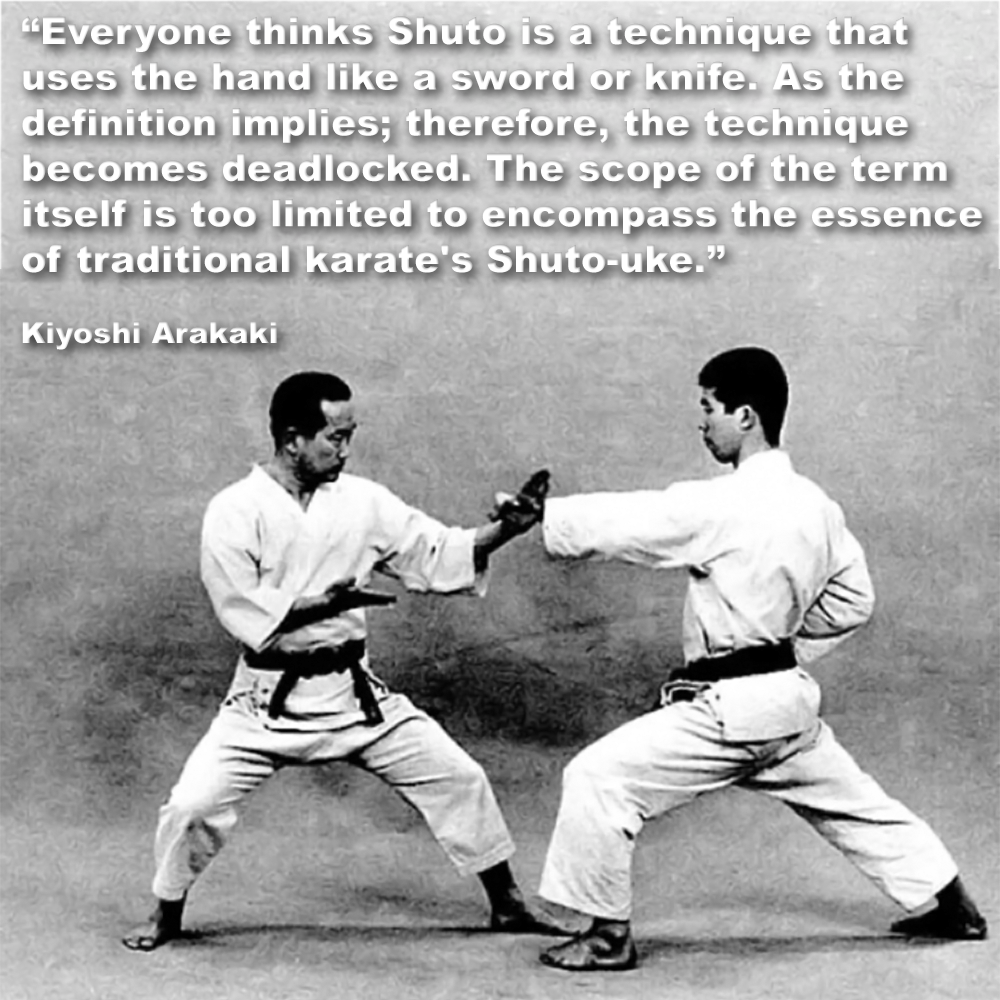
(2 minute 3 second read)
The effectiveness of karate for self-defense hinges on a fundamental principle: simplicity.
.
In the face of a sudden threat, clear, concise movements hold the key to an effective response, even if that response is simply to escape.
.
In the face of a sudden threat, you will experience a surge of adrenaline, and this heightened state can hinder the recall of complex movements, rendering them impractical.
.
To help prevent the “freeze” that many people experience, it’s important to focus on a few core techniques, practiced to muscle memory, which allows for instinctive and efficient action.
.
But, another problem exists with the use of these fundamental techniques. When they are used for one response only – a typical karate-ka upon karate-ka attack and defense.
.
Instead of the multifunctional movements that are possible and are intrinsic to many techniques, they are commonly used to react to just one type of attack.
.
Personally, I do not believe that techniques (or movements) were designed for one particular application in mind. My opinion is that the movements are more generic, to offer options against a variety of scenarios.
.
As an example; if you use a technique for one purpose, lets say a “Shuto Uke” (often called a knife hand ‘block’), as just a way to block a punch, then this technique will often rely on a specific situation, and a specific attackers behavior. This of course would render the technique ineffective when the situation deviates from the expectation.
.
And the same can be said for most other techniques that are practiced in this fashion.
.
Using any technique in just one way, is a major problem when thinking of fundamental techniques for self-defense.
.
Why? Because that technique will only work with one specific type of attack.
.
Limiting huh?
.
So, even though simple maybe be best when considering your basic techniques for self-defense, it’s important to study any movement (technique) from beginning to end, always asking yourself; what else can I do with this?
.
The fundamental principles of the movement will remain the same, whereas its application may vary according to the situation.
.
Basic techniques that are used in drills, such as blocking and countering, can work really well when you have distance, and the technique is recognizable. This is what we see with fixed ‘kumite’ in the dojo.
.
However, in a self-protection context, it’s much closer, much faster, much more chaotic. In this context, using a technique “one way”, does not work well.
.
Embracing simplicity is not a concession, but a strategic choice. When you grasp the versatility of your fundamentals, it allows you to use your body mechanics more efficiently, maximizing the impact of each movement, always giving you another option.
“Everyone thinks Shuto is a technique that uses the hand like a sword or knife. As the definition implies; therefore, the technique becomes deadlocked. The scope of the term itself is too limited to encompass the essence of traditional karate’s Shuto-uke.” – Kiyoshi Arakaki – Muso-kai
.
